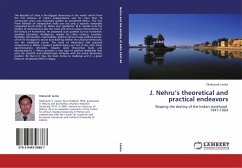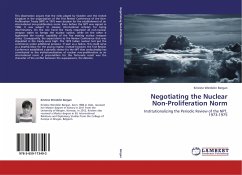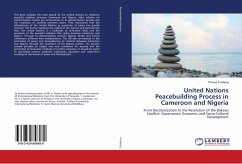
Bunshaft & His Concrete Doughnut
The Transformation of the National Mall: The Hirshhorn Museum & Sculptural Garden
Versandkostenfrei!
Versandfertig in 6-10 Tagen
45,99 €
inkl. MwSt.

PAYBACK Punkte
23 °P sammeln!
In 1974, architect Gordon Bunshaft, known for ushering in a whole new era of skyscraper design, created a radical public museum known as the Joseph H. Hirshhorn Museum and Sculpture Garden (1966-74). His design transformed the National Mall, a landscape previously dominated by classicism into an environment representing American progress. The Hirshhorn Museum is the first physical manifestation of modernism on the Mall, allowing for the built environment to accommodate a nation that demanded for a more innovative artistic and architectural approach to represent America s national identity. Thi...
In 1974, architect Gordon Bunshaft, known for ushering in a whole new era of skyscraper design, created a radical public museum known as the Joseph H. Hirshhorn Museum and Sculpture Garden (1966-74). His design transformed the National Mall, a landscape previously dominated by classicism into an environment representing American progress. The Hirshhorn Museum is the first physical manifestation of modernism on the Mall, allowing for the built environment to accommodate a nation that demanded for a more innovative artistic and architectural approach to represent America s national identity. This ended the reign of classicism on the Mall, allowing for later modern buildings, including I.M. Pei s addition to the National Gallery of Art (1978). By looking critically at the effects of the museum s purpose and aesthetic approach, the legacy of the Hirshhorn Museum will enable it to be celebrated as a symbolic moment in the Mall s architectural history.












